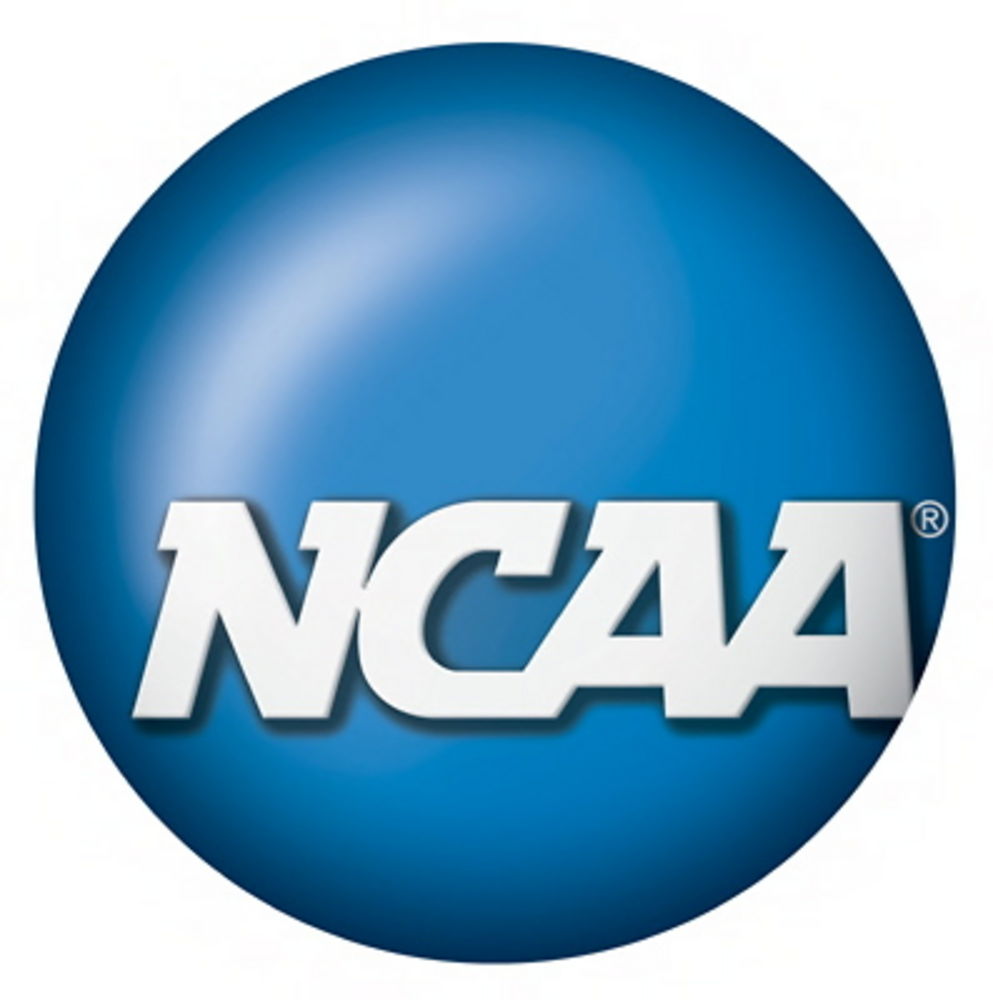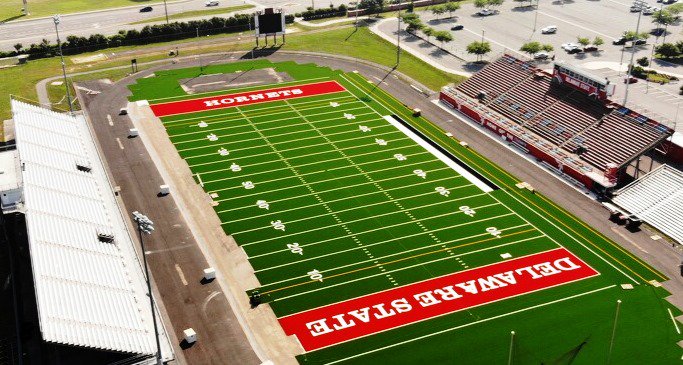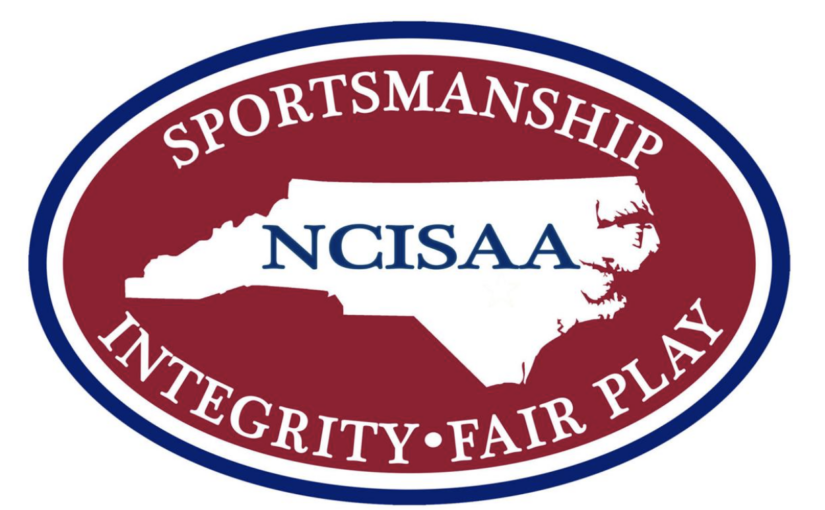NCAA Board Endorses Plan to Give top Conferences More Autonomy
The NCAA Division I Board of Directors is one step closer to approving a new governance system in August.
The board endorsed the restructuring process, which is aimed at allowing the division to be more nimble, streamlined and responsive to needs — particularly the needs of student-athletes — during its meeting Thursday in Indianapolis. The Steering Committee on Governance, made up of university presidents, drafted the restructuring plan. “The model we sent to the membership today is not a final product,” said Wake Forest President Nathan Hatch, chair of the board and the steering committee. “Some aspects of the model remain under discussion, and we hope the membership will provide us further input.”
“The model we sent to the membership today is not a final product,” said Wake Forest President Nathan Hatch, chair of the board and the steering committee. “Some aspects of the model remain under discussion, and we hope the membership will provide us further input.”
Under the proposal, the division would still be led by a Board of Directors composed primarily of university presidents. However, new voices would be added: the chair of the Division I Student-Athlete Advisory Committee; the chair of a new group tentatively called the Council; and the most senior Division I member of the Faculty Athletics Representatives Association’s executive committee. The council chair would always be an athletics director, giving that constituency an automatic spot on the board.
The Board would focus chiefly on oversight and strategic issues, while leaving much of the day-to-day policy and legislative responsibility to the council.
The council, composed of at least 60 percent athletics directors, would have 38 members: one from each conference plus two voting student-athletes and four commissioners (one from the five highest profile Football Bowl Subdivision conferences, one from the remaining FBS conferences, one from the Football Championship Subdivision conferences and one from the remaining conferences). The council would be the final voice on shared-governance rule-making decisions.
The steering committee suggests creating three bodies that would assist the council in its work and comprise the “working level” of Division I: an academics-focused group, a championships-focused group and a legislative group. Council members would determine implementation details, including what other groups are needed, how the groups will be populated and reporting lines. The steering committee also emphasized the need for a nomination process that is competency-based and diverse.
In order to allow the five highest-resource conferences (the Atlantic Coast Conference, Big 12 Conference, Big Ten Conference, Pac-12 Conference and Southeastern Conference) to address their unique challenges, the model would grant them autonomy to make rules on specific matters affecting the interests of student-athletes.
The university presidents who serve on the steering committee continue to seek more clarity and specificity about these proposed areas of autonomy. While retaining the concepts that were included in the “actionable” category, the board decided that the process it had identified as “actionable” – requiring the conferences other than the highest-profile five to take a separate vote – would not be included in the proposal.
The steering committee is seeking more feedback on the how the remaining 27 conferences would want to apply decisions made by the 65 schools in the five highest-profile conferences.
Areas in which the membership generally agrees on autonomy for the five conferences include:
- financial aid, including full cost of attendance and scholarship guarantees;
- insurance, including policies that protect future earnings;
- academic support, particularly for at-risk student-athletes; and
- other support, such as travel for families, free tickets to athletics events, and expenses associated with practice and competition (such as parking).
The steering committee continues to discuss other areas that could be included in the areas of autonomy, including the creation of mandatory time away from athletics for student-athletes; eliminating rules that prohibit student-athletes from pursuing careers outside of athletics while still competing (for example, making music and art or writing a book); recruiting; transfer issues; and athletics department personnel.
The board will seek feedback on some questions raised by members of governance bodies in recent days, including: the process by which items decided by the full division could become part of the list of autonomous areas; the voting, interpretation and enforcement processes within the five highest-profile conferences; and the core structure that separates not only the five highest-profile conferences into their own group but also continues a separation of the next five conferences (the American Athletic Conference, Conference-USA, Mid-American Conference, Mountain West Conference and Sun Belt Conference) from the remaining 22.







